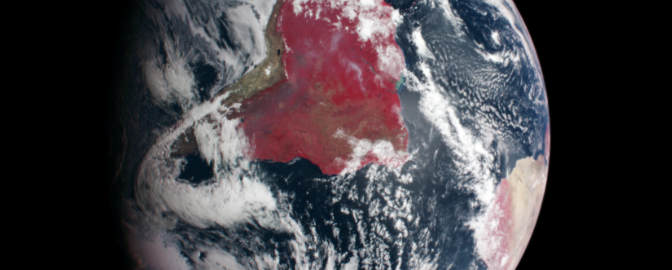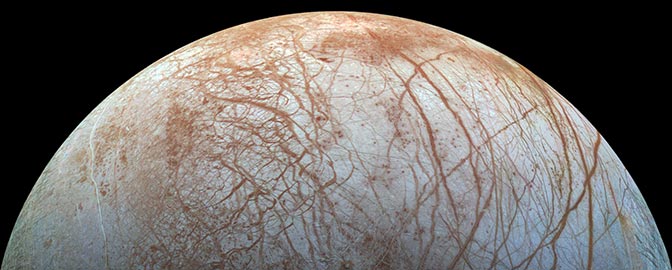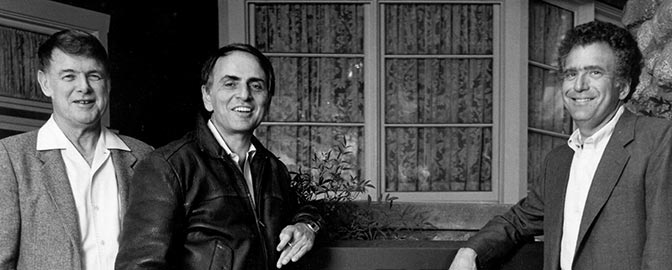Computing in space exploration history
Before artificial intelligence, there was human ingenuity

Written by
Kate Howells
Public Education Specialist, The Planetary Society
March 10, 2025
The computers available to us today enable feats of science and engineering that boggle the mind, like the artificially intelligent robotic explorers discussed later in this magazine. To those of us accustomed to today’s technological capabilities, it can be equally mind-blowing to reflect on exploration achievements that happened before we had so much power available to us.
“In everyone’s pocket right now is a computer far more powerful than the one we flew on Voyager. I don’t mean your cell phone — I mean the key fob that unlocks your car.”
— Rich Terrile, JPL scientist and member of the Voyager imaging team, quoted in Jim Bell’s book “The Interstellar Age”
The Apollo Moon landing program is famous for (among other things) its sophisticated use of computing technology. In the 1960s, computing was still in its infancy, and programming still involved writing out code on paper, punching holes in cards, and painstakingly weaving long ropes of copper wire through and around tiny magnetic cores to represent machine logic.
The physical nature of Apollo’s computer memory, while exceedingly resilient, took far more time and effort than what is common today and yielded a far smaller output. Apollo astronauts had access to only 72 kilobytes of computer memory, almost a million times less storage space than a relatively modest smartphone. And yet, the Apollo program’s ingenious use of the technology available at the time — and the technological breakthroughs that the program accomplished — led to one of the most monumental achievements in human history: landing astronauts on the Moon.

The Voyager program also made extraordinary use of the limited computer power available in the 1970s. Despite the twin spacecrafts’ onboard systems having only about 69 kilobytes of memory in total, those computers enabled Voyager 1 and 2 to continue conducting science far beyond their original mission scope, sending back data from interstellar space to this day.
A major factor in the Voyager missions’ longevity is that each of the spacecraft’s three computers was designed to be reprogrammable — a remarkable feature at the time of their launch in 1977. This design allows engineers to send new sets of commands or software instructions to replace old ones, essentially rewriting the computers’ programming for new tasks or conditions.

For example, as the spacecraft grew more distant from Earth, their computers could be reprogrammed to alter data compression methods as signal strength weakened. This also allowed the mission to adapt to answer new scientific questions, such as when Voyager 2 extended its mission to include flybys of Uranus and Neptune. The observations both spacecraft are conducting right now from beyond the heliosphere are very different from the science they originally set out to do. Their reprogrammable computers are the reason the Voyagers today aren’t just inert objects hurtling through space. The mission team was even able to debug and reprogram Voyager 1 as recently as this year.
Space exploration has always been an area that pushes technology to new heights. Space poses challenges that demand innovation, and human curiosity about the Cosmos makes the hard work of innovating worthwhile.
From written code on stacks of paper to artificial intelligence, computers have come a long way. But it’s human ingenuity that has made this all possible.
Breakthrough research starts with YOU!
Your support will empower the next round of STEP grant winners. Make your gift today to fund tomorrow's promising science and technology projects.
DonateThe Planetary Report • March Equinox
Help advance space science and exploration! Become a member of The Planetary Society and you'll receive the full PDF and print versions of The Planetary Report.


 Explore Worlds
Explore Worlds Find Life
Find Life Defend Earth
Defend Earth


